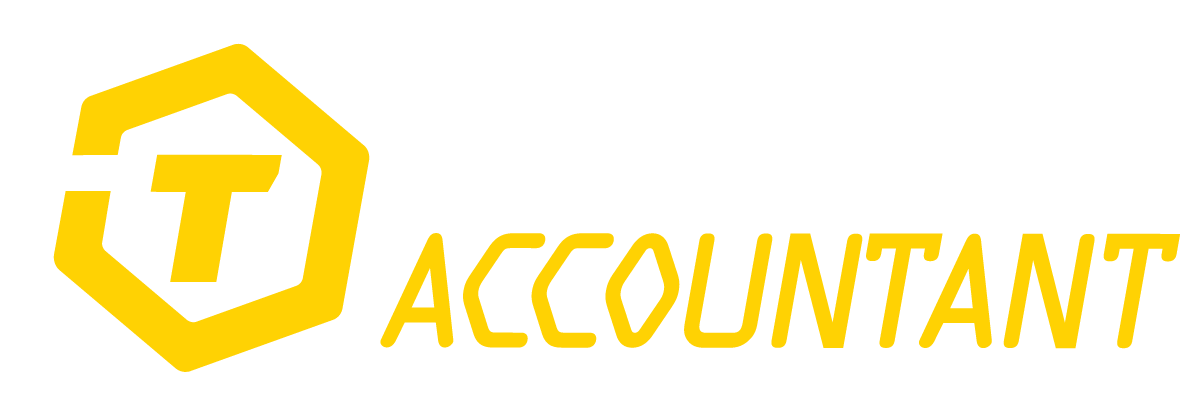Accounting is the most crucial part of any business. It is simply not enough to give your customers plausible service without keeping an eye on how the efforts are affecting your business.
To be profitable, budgets need to be set, funds must be tracked, and most importantly, the jobs which are bringing in more money must be identified. Mismanagement of finances can lead to dire financial difficulties that can lead to the shutting down of your business.
Luckily, healthy financial practices can be learned even if you’ve never balanced a chequebook before. We’ve gathered a couple of Accounting tips that you can refer to regularly.
1. Open a business bank account
It’s best to never mix up your personal and business transactions. This will not only clear your head for tax season but will also put your business finances in order. With a separate business account, you will be able to track your expenses, income, and how much your painting business is worth. This account should be under your business name but before you do so, make sure your business is registered with your state.
2. Collect taxes at the time of sale
To avoid paying huge amounts of taxes at the end of the financial year, make sure you collect taxes whenever you make a sale. You also won’t have to worry about incurring delayed tax payment penalties if you applied them at the time of sale.
3. Get receipts for donations
If you donate to charity but fail to get receipts for all your contribution, it’s time to change that. You could easily claim tax deductions for all donations given to charitable organizations, but you’ll need to produce proof to receive these deductions from your taxes.
4. Keep precise records
Owning a start-up usually means learning how to do the most basic accounting and bookkeeping possible on your own. Of course, the day to day transactions can easily be tracked from bank statements but it’s better to bundle up the details where you can keep up with them immediately.
The most effective way to manage accurate data is through investing in accounting software. The best ones usually have an integrated invoice feature and allow you to track your cash flow. Xero is quickly becoming popular and we recommend it!
Through bringing in automation, it has made simple a plethora of business processes such as a swifter creation of invoices, bank reconciliation, settling of vendor accounts, and easier management of taxes.
With all its wonderful functions, it’s important to know how to use Xero for maximum efficiency in your painting business. Your accountant will be grateful when they are working on your end of financial year tax. Watch this video on how to use Xero effectively.
5. Keep all your receipts
These come in various forms. For your painting business, you’re liable to claim deductions for materials, travel, education, vehicles, and even home office rent. Yes, sales receipts can be tracked electronically but there are important details such as dates and expense details that are dire for future reference.
To save you time later, organize them by category. That way you’ll know where most of the money is going plus it’ll be easier to peruse through when tax season rolls in.
6. Prepare profit and loss statements
To understand where the financial health of your business stands, the next step would be to create profit and loss statements. A profit and loss statement sums up the costs, expenses and income your painting business gets during specific dates. It can uncover important data about your business’ capacity to be profitable, the potential available to earn more, and what kind of jobs to focus on.
To best prepare a profit and loss statement you’ll need to gather the following:
– Petty money transactions and all others that can be proved by receipts
– Records for all purchases you’ve made with your business visa cards, credit cards, and business financial records
– Information for returns, promotions, and any discounts you’ve offered clients
– All sources of income, including checks and money paid to your painting business
7. Manage your invoices strictly
‘Invoicing on the spot’ is the best habit to hamper problems that come with late invoicing. You’ll be able to receive payments faster and this eases any cash crunches that you usually experience. With smoother cash flow, you’ll be able to buy the latest tools which inevitably increases your efficiency and of course gains you more money for jobs.
Invoicing software such as Xero, Wave or even QuickBooks can help you to send invoices as soon as a client shows interest in a job. With these systems, you’ll be able to see when the client views the invoice as well as if they’ve accepted it. You’ll also be able to see which clients are consistently missing payments, which ones have owing, along with the measures you can take to receive payments promptly.
It’s best to never adjust an invoice after it has been settled and never make various copies of a similar receipt. Making changes to a receipt after submitting it to a client will only confuse you and your bookkeeper and build mistrust with your clients, and suppliers. It will likewise make the records receivable cycle chaotic and wasteful.
Staying on top of your accounting might not sound as fun as we try to make it seem. The good news is you don’t have to do it. If you’d rather someone else handles your accounting, it is never a bad idea to outsource an accountant. We can help you get started.
The video below also outlines some of the vital Xero functions you’ll easily find useful. If you’d like to read more on tax deduction please look at this and this.

